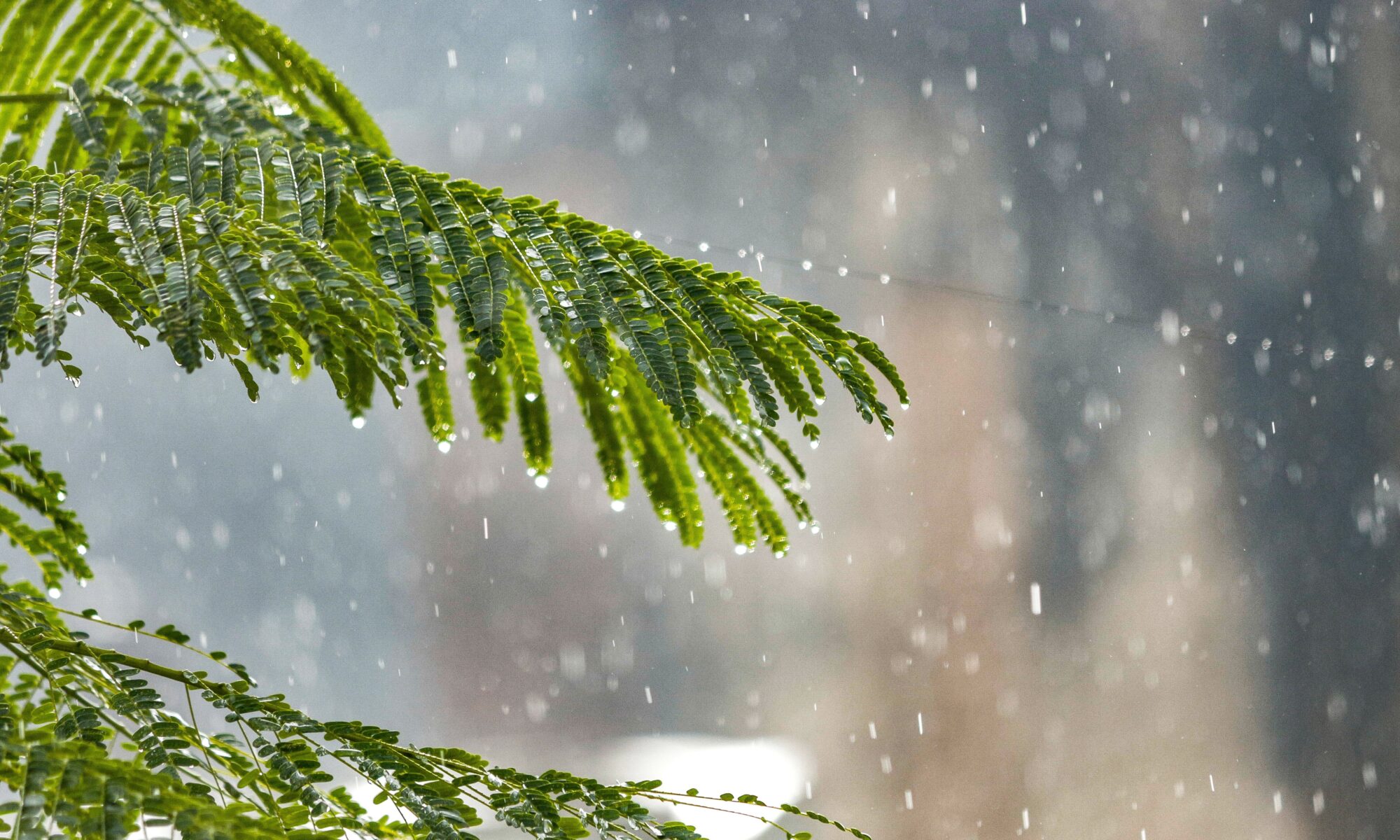As the Bay Area transitions from the coolness of fall into the chill of winter, a subtle yet profound transformation happens all around us. The trees are preparing for their annual slumber – a period known as dormancy. In this blog, we will explain the fascinating topic of tree dormancy, exploring how our green friends adapt and thrive in the face of winter’s chill.
The Tree’s Winter Slumber
Imagine, for a moment, that you’re a tree in the Bay Area. The days are growing shorter, and a gentle nip in the air signals the impending winter. It’s time for you to prepare for your long winter slumber.
But what exactly is dormancy, and how do trees go about it?
What is Dormancy?
Dormancy is a survival strategy trees employ to endure harsh winter conditions. Much like hibernation in animals, dormancy allows trees to conserve energy, protect themselves from cold temperatures, and reduce water loss during the dry months. This natural cycle enables trees to re-emerge in spring, refreshed and ready to flourish once again.
The Science Behind Dormancy
To truly appreciate how trees adapt to winter, let’s take a closer look at the science behind dormancy. It’s all about timing, hormones, and a bit of chemistry.
The Role of Hormones
One of the key players in this process is a plant hormone called “abscisic acid.” As daylight dwindles and temperatures drop, trees sense these changes and begin to produce abscisic acid. This hormone signals the tree’s leaves to initiate the process of senescence (the process of aging), where they gradually change color and eventually fall.
Shedding Leaves
The falling leaves aren’t just a visual spectacle but a critical part of the tree’s preparation for winter. By shedding their leaves, trees reduce water loss through transpiration, a process where water evaporates from the leaves. This helps them conserve precious moisture during dry winter months.
Reducing Metabolism
Another fascinating aspect of tree dormancy is the reduction in metabolic activity. Trees slow down their internal processes, effectively going into a state of suspended animation. This energy-saving mode allows them to survive on minimal resources until the warmer days of spring return.
Local Heroes of Dormancy
Now that we’ve explored the science behind dormancy, let’s take a moment to appreciate some of the local tree heroes in the Bay Area that undergo this remarkable transformation.
The Mighty Oak
The iconic California oak trees, such as the coast live oak and valley oak, are masters of dormancy. Their ability to shed leaves and enter a state of dormancy helps them endure the dry summer and unpredictable winter rains. Come spring, they burst back to life, providing vital shade and habitat for countless creatures.
Coastal Redwoods
The coastal redwoods are true champions of resilience. These towering giants are well-equipped to handle the Bay Area’s coastal climate. During winter, their thick bark helps protect them from moisture loss and cold temperatures, allowing them to thrive even in the face of adversity.
Our Role in Supporting Trees
As Bay Area residents, we play a crucial role in ensuring the health and well-being of our local trees. Here are some ways we can contribute:
1. Watering Wisely: Nourishing Your Trees Through Winter
As the Bay Area transitions into winter, it’s easy to assume that trees no longer require water. However, this misconception could be detrimental to the health of young or vulnerable trees. While they may not need as much water as they do during the scorching summer months, providing supplemental water during dry spells in winter can be crucial for their survival.
Why Water in Winter?
During the winter, the Bay Area experiences periods of dryness, especially in between rain showers. This lack of moisture can be challenging for trees, particularly those with shallow root systems or those recently planted. When the soil dries out completely, it can cause stress to the tree, making it more susceptible to diseases and pest infestations.
Proper Watering Techniques
When watering your trees during the winter, it’s essential to do so wisely:
- Frequency: Check the soil moisture by inserting a finger into the ground near the tree. If the soil feels dry to a depth of about 2-3 inches, it’s time to water. However, be cautious not to overwater, as this can lead to root rot.
- Time of Day: Water in the morning to allow excess moisture to evaporate during the day. Avoid watering in the evening, as this can create a favorable environment for fungal growth.
- Watering Area: Concentrate your watering around the tree’s drip line – the area beneath its canopy. This is where most of the roots are located and where water is most needed.
By following these simple guidelines, you can ensure that your young or vulnerable trees stay hydrated and resilient throughout the winter months.
2. Mulching Matters: Keeping Your Trees Cozy
Mulching is a practice that offers a multitude of benefits to trees in the Bay Area, particularly during the winter. Applying a layer of mulch around the base of your trees can be likened to tucking them in with a warm, protective blanket.
The Benefits of Mulching
- Soil Temperature Regulation: Winter in the Bay Area can bring fluctuating temperatures, including chilly nights. Mulch acts as an insulating layer, helping to maintain a stable soil temperature. This is especially important for tree roots, which can be sensitive to extreme temperature variations.
- Moisture Retention: Mulch acts as a moisture reservoir. It helps to prevent rapid soil moisture loss due to evaporation, ensuring that the tree’s roots have access to the moisture they need during dry spells.
- Weed Suppression: Mulch also inhibits weed growth around the tree’s base, reducing competition for water and nutrients.
Mulching Best Practices
When applying mulch, keep the following tips in mind:
- Depth: Apply a layer of mulch 2-4 inches deep around the tree, but avoid piling it against the trunk, as this can create a moist environment that invites pests and diseases.
- Mulch Type: Organic mulch, such as wood chips or compost, is preferable. It gradually breaks down, enriching the soil in the process.
- Expand the Area: Extend the mulch ring to cover the tree’s entire root zone, which usually extends to the drip line.
By mulching your trees, you create a more favorable environment for them to thrive during the winter and beyond.
3. Prune with Care: Shaping Healthy Growth
Pruning is a fundamental aspect of tree care that should be approached with care and precision. While trimming branches at any time of the year may be tempting, pruning during the late winter or early spring, when trees are still dormant, offers several advantages.
Why Prune in Dormancy?
Pruning during dormancy has several benefits:
- Disease Prevention: Pruning in the dormant season reduces the risk of disease transmission, as pests and pathogens are less active.
- Stress Reduction: Without leaves, it’s easier to assess the tree’s structure and identify weak or damaged branches. Removing these branches reduces stress on the tree.
- Promotes Healthy Growth: Pruning during dormancy encourages vigorous spring growth, leading to a more robust and aesthetically pleasing tree.
Pruning Techniques
When pruning your trees, adhere to these essential techniques:
- Safety First: Wear appropriate safety gear, and if the job involves large or high branches, consider hiring a professional.
- Targeted Trimming: Focus on removing dead or damaged branches, as well as any branches that cross or rub against each other.
- Prune Properly: Use the correct tools and techniques to make clean cuts without damaging the tree’s bark.
Pruning is an art that requires knowledge and skill. If you’re unsure about how to prune your trees, it’s always a good idea to consult with a professional arborist or tree care service like Sexy Trees to ensure your trees receive the care they deserve.
4. Tree Care Professionals
While homeowners can handle some aspects of tree care, sometimes it’s best to call in the experts. Professional tree care services, like Sexy Trees, specialize in tree health and maintenance, ensuring that your trees thrive year-round.
Why Choose Tree Care Professionals?
- Expertise: Arborists and tree care professionals have the knowledge and experience to assess your trees’ health and needs accurately.
- Safety: Large or damaged trees can pose significant risks. Professionals are equipped to handle these situations safely.
- Tree Preservation: Professionals can provide recommendations for tree preservation and treatment, helping your trees stay healthy and vibrant.
- Convenience: Tree care can be time-consuming and physically demanding. Hiring professionals saves you time and effort.
Sexy Trees: Your Tree Care Partner
As a trusted tree care service in the Bay Area, Sexy Trees is dedicated to ensuring the well-being of your trees. Our team of arborists and experts is passionate about tree health and maintenance. We specialize in a range of services, from tree pruning and trimming to disease diagnosis and treatment.
By choosing Sexy Trees, you’re not just investing in your trees’ health; you’re investing in the beauty and vitality of your landscape. We are committed to helping your trees flourish year-round, ensuring they continue to grace your surroundings with their natural splendor.
 Bringing Sexy Back Into Your Yards
Bringing Sexy Back Into Your Yards 
